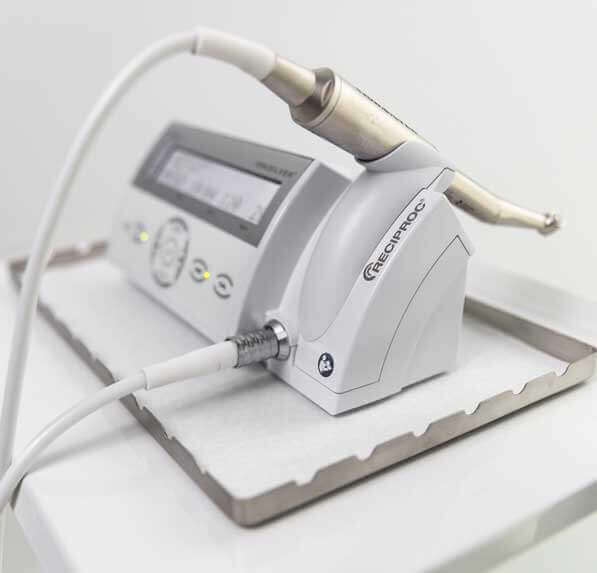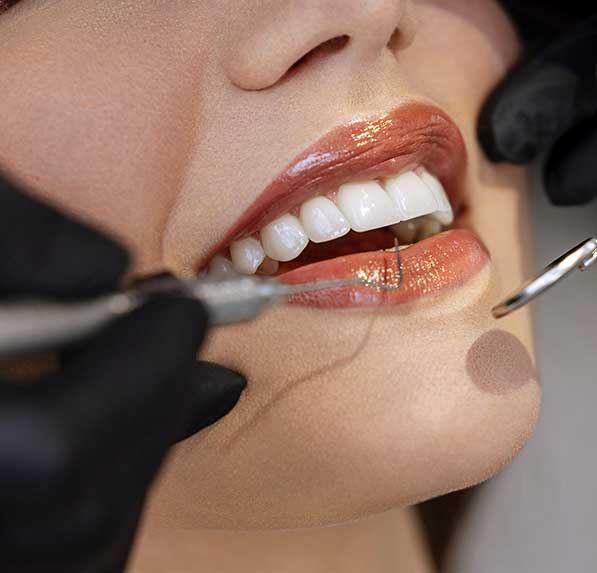What to expect after the procedure?
The tooth is typically sensitive to biting for 2–3 days after the procedure. If necessary, you can take pain relief medication.
Endodontically treated teeth are more fragile. Over time, despite successful root canal treatment, teeth may become darker because there is no tooth nerve.
If the defect in the tooth crown is minor, the treated teeth should be protected with a composite filling after the procedure. If the defect is larger, appropriate prosthetic treatment (with a root canal post and crown) is necessary.
This reduces the risk of complications that could lead to tooth loss in the future.



